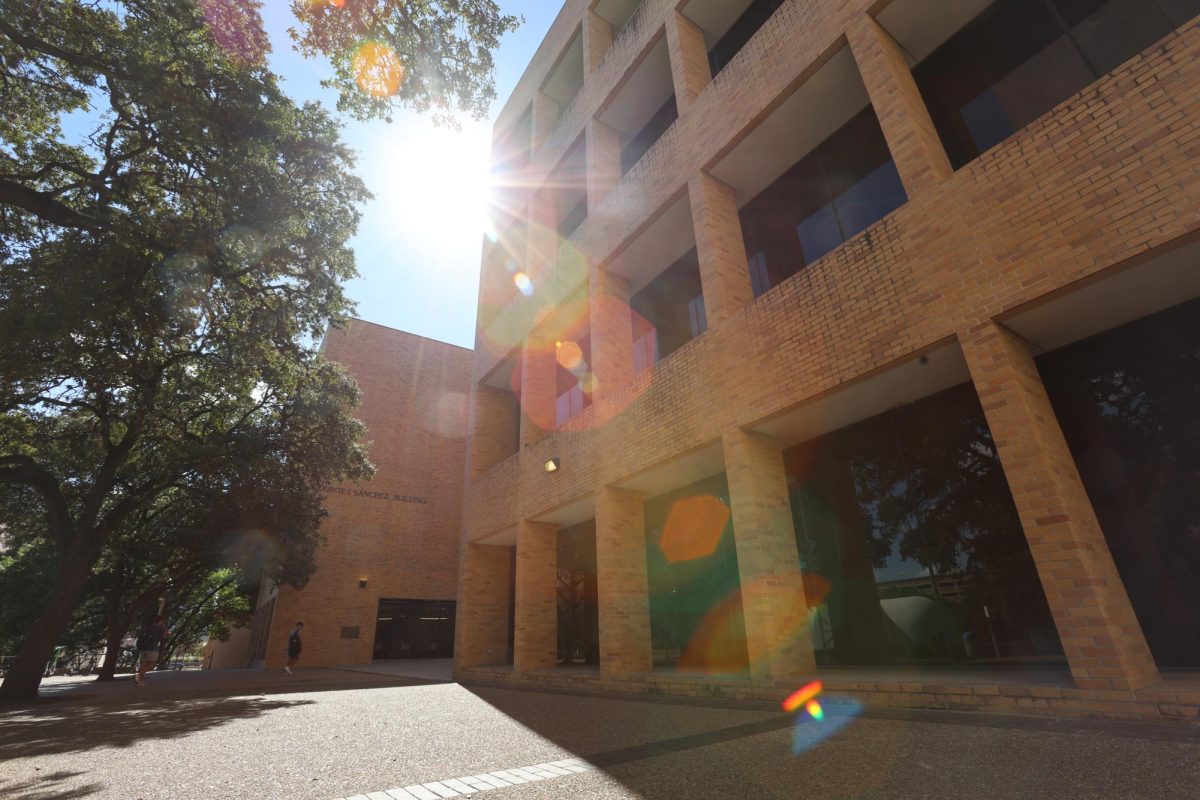On Thursday, the Austin City Council authorized a $50,000 two-year contract with the UT faculty and a graduate student to help the Austin Water Utility reduce energy consumption and costs.
Mechanical engineering assistant professor Michael Webber, and Carey King, research associate of the UT Energy Institute, will team up with Jill Kjellsson, engineering and public affairs graduate student to study the energy used by Austin Water at specific times of day in order to maximize efficiency.
Webber, the project leader, said he is pleased with the city’s interest in energy conservation.
“This is unusual for a utility to be this forward-looking, so I want to commend and compliment Austin Water for having the vision that this is important,” Webber said.
Kjellsson began working with Austin Water in the summer of 2012, using data to create hourly energy-use profiles to show what time of day electricity is being used by the city’s water sector. She began working with Webber later that year.
“My plan is to use the research so far to look at ways in which the Austin Water Utility can participate in the power market through demand response and shifting of peak energy use to other times of day,” Kjellsson said.
Kjellsson said there are students in other departments at UT working on optimizing and improving water-treatment technologies.
“The $50,000 will help cover part of the costs associated with graduate research assistant stipends and tuition,” Webber said.
“There are a lot of people who study water and a lot who study energy, but I don’t think there are a lot of people studying how much energy is in water,” Webber said. “Nationally, more energy is used for water than people expect — about 12 percent of energy consumption is water pumping.”
Jill Mayfield, Austin Water’s public information coordinator, said water and energy usage is greatest at night when the water is pumped into the reservoirs to be treated.
Austin Water is the largest energy user in Austin because the water treatment pumps consume so much energy, so the city is constantly looking for ways to reduce its peak energy demand, Mayfield said.
Before the project begins, the agreement must be signed by the assistant city manager and the University’s vice president, said Raj Bhattarai, City of Austin division manager.
“I don’t foresee any complications,” Bhattarai said. “We’ve entered into other contracts with other professors at UT … we do a number of other projects with UT. It should be pretty straight forward, pretty routine.”
In October 2011, the City of Austin switched to a more expensive but renewable energy provider, GreenChoice, which costs about $5 million more than the city’s previous energy provider that used 85 percent more greenhouse gases, Bhattarai said.
“Even a modest saving in energy would be quite substantial for us, so that’s the reason we’re doing this project,” Bhattarai said.
Bhattarai said the contract stipulates Webber and his team will brief Austin Water Utility up to four times each year for the duration of the project.
Webber said the research will benefit not only the City of Austin, but also the students at UT.
“This research report helps UT students understand the energy-water nexus better,” Kjellsson said. “Energy and water are linked in many ways, and this research addresses one of those ways — the energy used to move and treat water and wastewater.”














